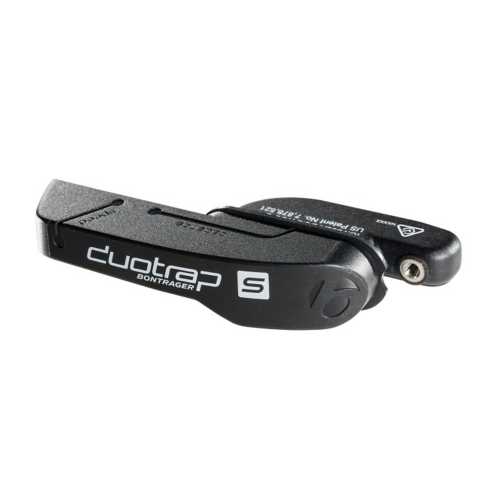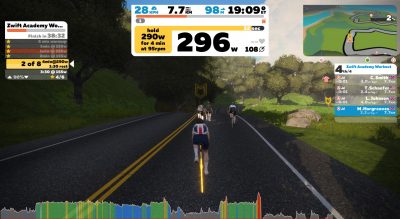Bontrager DuoTrap Review
The Bontrager DuoTrap is an intriguing device for cyclists, especially those who use Trek bikes. We needed to take a look at one close-up, and share with you our thoughts. Overall, the DuoTrap is a good, smart device to add precision to your training, as long as you are using … Read More
















